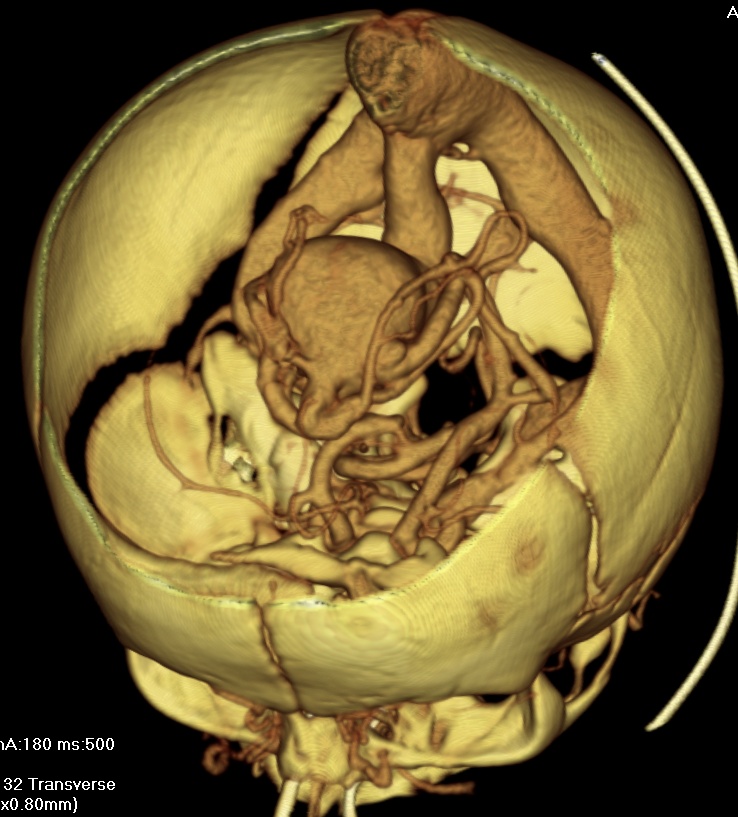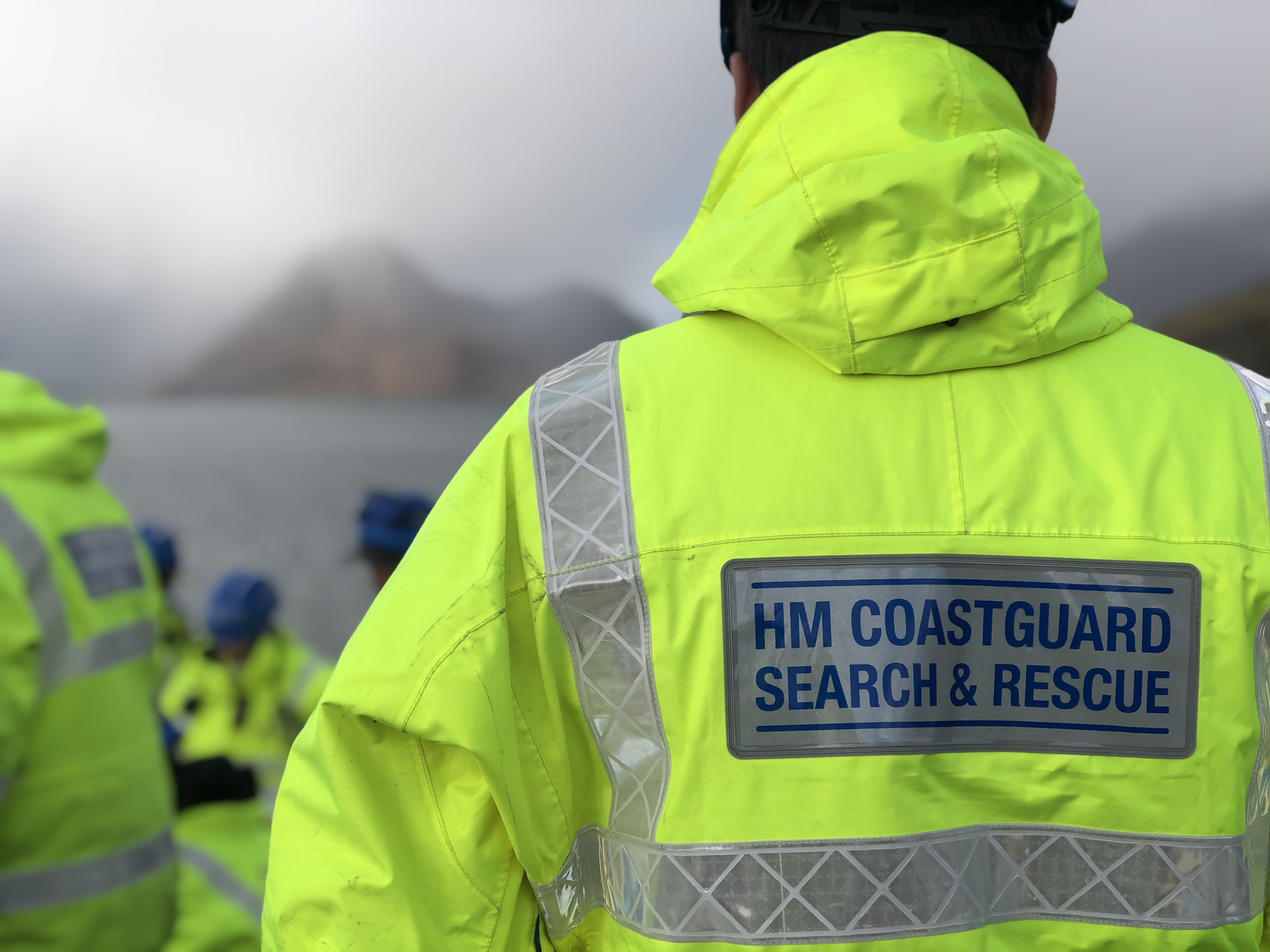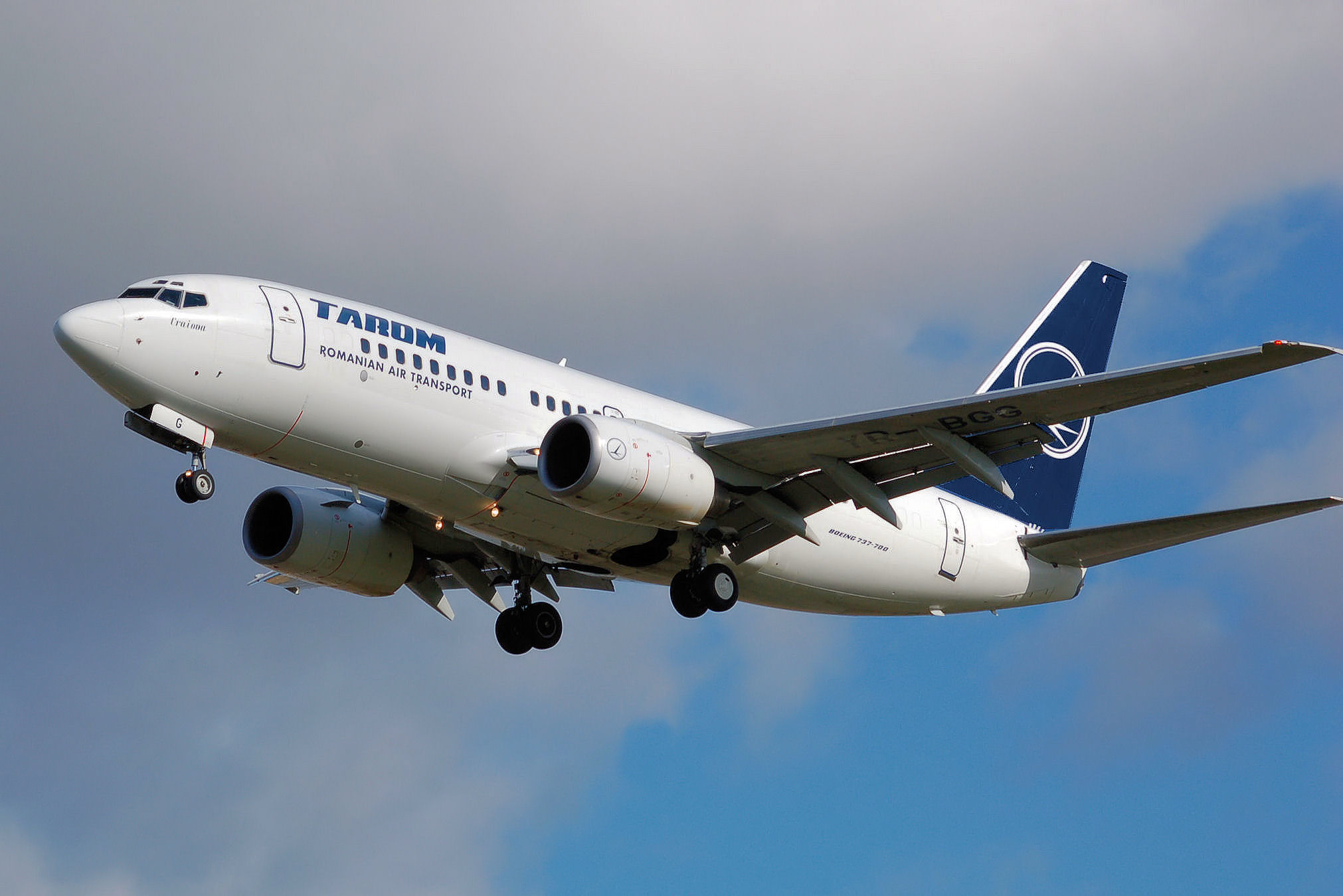|
Children's Acute Transport Service
The Children's Acute Transport Service (CATS) is a publicly funded specialised regional intensive care transport service for critically ill children. CATS is the busiest Paediatric Intensive Care Transport Service in the UK and covers the 50 District General Hospitals in the North Thames and East Anglia regions of England. CATS is part of the Great Ormond Street Hospital for Children NHS Foundation Trust. Background Only a proportion of hospitals have a Paediatric Intensive Care Unit PICU. Therefore, most critically ill children initially present to hospitals without a PICU. Paediatric Intensive Care Transport Services are designed to provide the safe and rapid transfer of these children to a regional PICU. CATS was created in 2001 as a collaborative service for the North Thames Regional PICU's: The Royal Brompton Hospital, St Mary's Hospital, London and Great Ormond Street Hospital for Children. CATS receives ~2200 referral calls and performs ~1200 critical care retrievals each ... [...More Info...] [...Related Items...] OR: [Wikipedia] [Google] [Baidu] |
National Health Service (England) Logo
The National Health Service (NHS) is the term for the publicly funded healthcare systems of the United Kingdom: the National Health Service (England), NHS Scotland, NHS Wales, and Health and Social Care (Northern Ireland) which was created separately and is often referred to locally as "the NHS". The original three systems were established in 1948 (NHS Wales/GIG Cymru was founded in 1969) as part of major social reforms following the Second World War. The founding principles were that services should be comprehensive, universal and free at the point of delivery. Each service provides a comprehensive range of health services, provided without charge for residents of the United Kingdom apart from dental treatment and optical care. In England, NHS patients have to pay prescription charges; some, such as those aged over 60, or those on certain state benefits, are exempt. Taken together, the four services in 2015–16 employed around 1.6 million people with a combined budget of � ... [...More Info...] [...Related Items...] OR: [Wikipedia] [Google] [Baidu] |
Vein Of Galen Aneurysmal Malformations
Vein of Galen aneurysmal malformations (VGAMs) and Vein of Galen aneurysmal dilations (VGADs) are the most frequent arteriovenous malformations in infants and fetuses. A VGAM consists of a tangled mass of dilated vessels supplied by an enlarged artery. The malformation increases greatly in size with age, although the mechanism of the increase is unknown. Dilation of the great cerebral vein of Galen is a secondary result of the force of arterial blood either directly from an artery via an arteriovenous fistula or by way of a tributary vein that receives the blood directly from an artery. There is usually a venous anomaly downstream from the draining vein that, together with the high blood flow into the great cerebral vein of Galen causes its dilation. The right sided cardiac chambers and pulmonary arteries also develop mild to severe dilation. Signs and symptoms Malformations often lead to cardiac failure, cranial bruits (pattern 1), hydrocephaly, and subarachnoid hemorrhage in neon ... [...More Info...] [...Related Items...] OR: [Wikipedia] [Google] [Baidu] |
September Films
September Films is a British independent television and film production company, which is a division of UK independent production and distribution group DCD Media. It specialises in factual entertainment, documentaries and features, reality programming and entertainment formats. It was founded in 1992 by feature film director David Green, who devised the groundbreaking Hollywood Women series that launched the company, and was acquired in August 2007 by DCD Media. Having produced over 2,000 hours of primetime television since its creation, September has offices in London and Los Angeles. In recent years, September Films has expanded into all non-fiction genres and formats with the appointment of a new generation of creative executives. Programmes * ''Billy the Exterminator'' for A&E Network ''(formerly "The Exterminators")'' * '' Bridezillas'' for WE tv and Five * ''Marriage Boot Camp'' for WE tv * '' Penn & Teller: Fool Us'' for ITV1 * '' Richard Hammond's Blast Lab'' for ... [...More Info...] [...Related Items...] OR: [Wikipedia] [Google] [Baidu] |
Children's Emergency
''Children's Emergency'' is a British television documentary series. It follows the Children's Acute Transport Service (abbreviated as CATS), "Children's Acute Transport Service" at National Health Service UK. the intensive care retrieval service connected to the nationally acclaimed in London, "Britain's best hospitals" at The Independent. which is dedicated to stabilising and transporting critically ill children from peripheral hospitals to specialist paediatric intensive care uni ... [...More Info...] [...Related Items...] OR: [Wikipedia] [Google] [Baidu] |
St John Ambulance
St John Ambulance is an affiliated movement of charitable organisations in mostly Commonwealth of Nations, Commonwealth countries which provide first aid education and consumables and emergency medical services. St John organisations are primarily staffed by volunteer, volunteer members and funded through their commercial endeavours, government contracts or donations. The associations are supported by the Order of Saint John (chartered 1888), International Secretariat of the Order of St John (based in London) and its national priories. History The first such organisation to be founded was the St John Ambulance Association, which was founded on 10 July 1877 in England to teach first aid in large railway centres and mining districts.''The Difference – newsletter from St John Ambulance'', (Nov 2014) p4 "A Brief History of St John Ambulance" Its first uniformed first-aiders were founded in June 1887 as the St John Ambulance Brigade.M Durrant (1948) ''American Journal of Nursing'' ... [...More Info...] [...Related Items...] OR: [Wikipedia] [Google] [Baidu] |
Cats Ambulance
The cat (''Felis catus''), also referred to as the domestic cat or house cat, is a small domesticated carnivorous mammal. It is the only domesticated species of the family Felidae. Advances in archaeology and genetics have shown that the domestication of the cat occurred in the Near East around 7500 BC. It is commonly kept as a pet and working cat, but also ranges freely as a feral cat avoiding human contact. It is valued by humans for companionship and its ability to kill vermin. Its retractable claws are adapted to killing small prey species such as mice and rats. It has a strong, flexible body, quick reflexes, and sharp teeth, and its night vision and sense of smell are well developed. It is a social species, but a solitary hunter and a crepuscular predator. Cat intelligence is evident in their ability to adapt, learn through observation, and solve problems. Research has shown they possess strong memories, exhibit neuroplasticity, and display cognitive skills comparable t ... [...More Info...] [...Related Items...] OR: [Wikipedia] [Google] [Baidu] |
Commission On Accreditation Of Medical Transport Systems
The Commission on Accreditation of Medical Transport Systems (CAMTS) (pronounced ''cames''), is an independent, non-profit agency based in Sandy Springs, South Carolina, which audits and accredits fixed-wing, rotary wing, and surface medical transport services worldwide to a set of industry-established criteria. CAMTS has accredited 182 medical transport programs worldwide as of February, 2017.Accredited program list from the CAMTS website Background CAMTS first enacted its Accreditation Standards in 1991, which were developed by its member organizations as well as with extensive public comment and input.The Standards are the core element to the CAMTS p ... [...More Info...] [...Related Items...] OR: [Wikipedia] [Google] [Baidu] |
HM Coastguard
His Majesty's Coastguard (HMCG) is the section of the Maritime and Coastguard Agency responsible, through the Secretary of State for Transport to Parliament, for the initiation and co-ordination of all maritime search and rescue (SAR) within the UK Maritime Search and Rescue Region. This includes the mobilisation, organisation and tasking of adequate resources to respond to persons either in distress at sea, or to persons at risk of injury or death on the cliffs or shoreline of the United Kingdom. Since 2015 it has also been responsible for land-based search and rescue helicopter operations. The chief executive of the Maritime and Coastguard Agency is Virginia McVea. His Majesty's Coastguard is a uniformed service that fulfils six of the nine functions required by the International Maritime Organization (IMO): *Search and Rescue *Pollution Response *Vessel Traffic Management *Maritime Safety *Accident and Disaster Response *Maritime Security The other three IMO functions; ... [...More Info...] [...Related Items...] OR: [Wikipedia] [Google] [Baidu] |
Fixed-wing Aircraft
A fixed-wing aircraft is a heavier-than-air aircraft, such as an airplane, which is capable of flight using aerodynamic lift. Fixed-wing aircraft are distinct from rotary-wing aircraft (in which a rotor mounted on a spinning shaft generates lift), and ornithopters (in which the wings oscillate to generate lift). The wings of a fixed-wing aircraft are not necessarily rigid; kites, hang gliders, variable-sweep wing aircraft, and airplanes that use wing morphing are all classified as fixed wing. Gliding fixed-wing aircraft, including free-flying gliders and tethered kites, can use moving air to gain altitude. Powered fixed-wing aircraft (airplanes) that gain forward thrust from an engine include powered paragliders, powered hang gliders and ground effect vehicles. Most fixed-wing aircraft are operated by a pilot, but some are unmanned or controlled remotely or are completely autonomous (no remote pilot). History Kites Kites were used approximately 2,800 years ago ... [...More Info...] [...Related Items...] OR: [Wikipedia] [Google] [Baidu] |
Helicopter
A helicopter is a type of rotorcraft in which Lift (force), lift and thrust are supplied by horizontally spinning Helicopter rotor, rotors. This allows the helicopter to VTOL, take off and land vertically, to hover (helicopter), hover, and to fly forward, backward and laterally. These attributes allow helicopters to be used in congested or isolated areas where fixed-wing aircraft and many forms of short take-off and landing (STOL) or short take-off and vertical landing (STOVL) aircraft cannot perform without a runway. The Focke-Wulf Fw 61 was the first successful, practical, and fully controllable helicopter in 1936, while in 1942, the Sikorsky R-4 became the first helicopter to reach full-scale mass production, production. Starting in 1939 and through 1943, Igor Sikorsky worked on the development of the Vought-Sikorsky VS-300, VS-300, which over four iterations, became the basis for modern helicopters with a single main rotor and a single tail rotor. Although most earlier ... [...More Info...] [...Related Items...] OR: [Wikipedia] [Google] [Baidu] |
Air Ambulance
Air medical services are the use of aircraft, including both fixed-wing aircraft and helicopters to provide various kinds of urgent medical care, especially prehospital, emergency and critical care to patients during aeromedical evacuation and rescue operations. History During World War I, air transport was used to provide medical evacuation – either from frontline areas or the battlefield itself. In 1928, in Australia, John Flynn founded the Flying Doctor Service (later the Royal Flying Doctor Service), to provide a wide range of medical services to civilians in remote areas; these included from routine consultations with travelling general practitioners, to air ambulance evacuations and other emergency medical services. Fixed wing military air ambulances came into regular use during World War II. Helicopters became more commonly used for such purposes during the Korean and Vietnam wars. Later, helicopters were introduced to civilian health care, especially for sho ... [...More Info...] [...Related Items...] OR: [Wikipedia] [Google] [Baidu] |
Extracorporeal Membrane Oxygenation
Extracorporeal membrane oxygenation (ECMO) is a form of extracorporeal life support, providing prolonged cardiac and respiratory system, respiratory support to people whose human heart, heart and human lung, lungs are unable to provide an adequate amount of oxygen, gas exchange or blood supply (perfusion) to sustain life. The technology for ECMO is largely derived from cardiopulmonary bypass, which provides shorter-term support with arrested native circulation. The device used is a membrane oxygenator, also known as an artificial lung. ECMO works by temporarily drawing blood from the body to allow artificial oxygenation of the red blood cells and removal of carbon dioxide. Generally, it is used either post-cardiopulmonary bypass or in late-stage treatment of a person with profound heart and/or lung failure, although it is now seeing use as a treatment for cardiac arrest in certain centers, allowing treatment of the underlying cause of arrest while circulation and oxygenation are ... [...More Info...] [...Related Items...] OR: [Wikipedia] [Google] [Baidu] |








